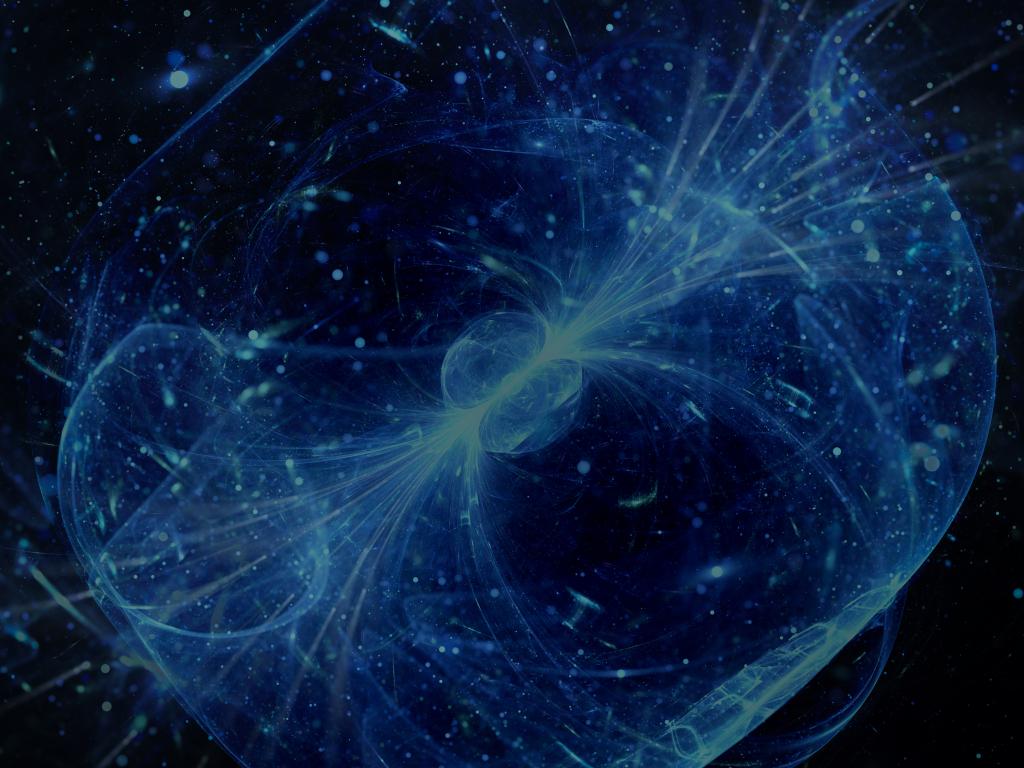Admission CTAs
Mason scientist receives NASA funding to aid supermassive black hole observations
Shobita Satyapal, Professor, Physics and Astronomy, received funding for: "The Diagnostic Potential of Coronal Line Emission in the Study of Active Galactic Nuclei: An Exploration with XMM-Newton." This project is the first large-scale systematic survey of a comprehensive set of 20 optical coronal lines in a large sample of Type 1 AGNs for which virial black hole masses have been compiled.
By targeting a large sample with unequivocal evidence for an AGN and constraints on the black hole mass that span six orders of magnitude, Satyapal and her collaborators will be able to fully explore for the first time how the coronal line spectrum depends on fundamental black hole and accretion activities.
“The proposed work will be an invaluable resource in interpreting the growing number of James Webb Space Telescope observations of high redshift accreting supermassive black holes,” said Satyapal.
X-ray observations are crucial to obtain the bolometric luminosity and the intrinsic absorption, a required ingredient in understanding the presence or absence of coronal line emission in the sample and to understand how the coronal line spectrum depends on black hole and accretion properties.
The key outcomes of the proposed study will be:
- A public catalog of coronal line fluxes, line profiles, outflow properties, along with X-ray continuum slopes, estimates of intrinsic absorption, and derived properties such as black hole masses and Eddington Ratios for a large sample of Type 1 AGNs spanning a wide range of properties;
- The coronal line detection rate in Type 1 AGN and its relation to X-ray properties;
- Correlation relations between coronal line luminosities, flux ratios, X-ray luminosities, and spectral slopes; and
- A determination of the intrinsic absorption of the AGNs in bulgeless galaxies.
Satyapal received $208,200 from NASA for this research, which also supports James Webb Space Telescope observations on a related project. Funding began in June 2023 and will end in June 2025.
